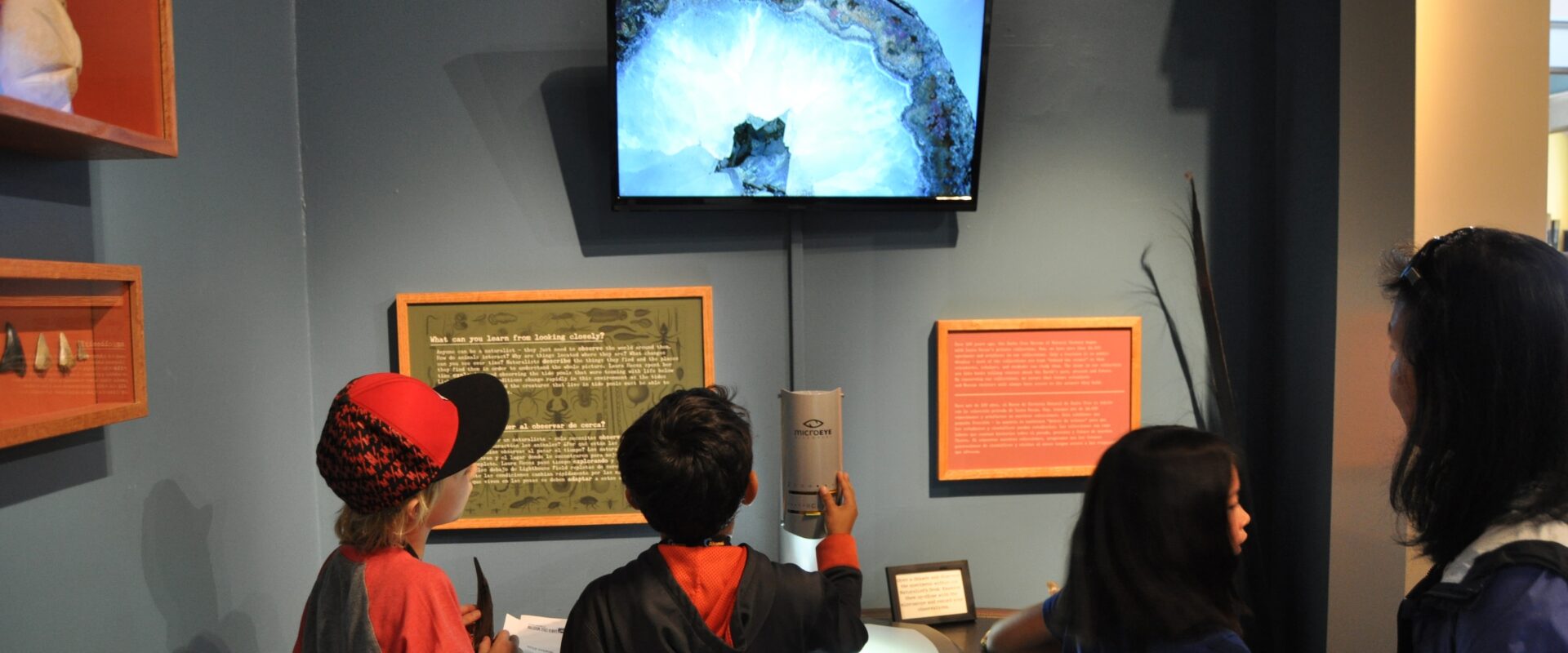Featured Exhibit
The Gray Whales
Nestled between the Museum and Seabright State Beach since 1982, the interactive concrete adult whale has delighted generations, serving as many young visitors’ first introduction to natural history and ocean conservation. The statue’s proximity to the Museum’s historic building has fondly earned us the nickname “Whale Museum.”





